Yours, For Now: Notes on food, language, and family
I’ve written in the past about how to represent Latinamerican culture in books. It still rings true, to think about the diversity within the ethnicity, and acknowledge it as a complex thing. There are many ways to be Latine, and all have room in romance books.
That is why I included lots of references to Latinamerican foods, dynamics, and my first language. My good friend and beta reader C, who is from a different ethnicity, said she loved it. I loved that! And she also said she would have loved to know what the foods I mentioned are from my perspective. Another comment was that even though she’s used to large family dynamics, she got a bit lost with the big name dump in this book. LOL! So for C and for any readers who might appreciate the aid, I wanted to put everything together for you to peruse.
Let me take you on a tour of Yours, For Now.
FamilyA big theme in the Cozy Latine Billionaires series is found family. The Sotomayors are a welcoming, warm Chilean family who emigrated to North America. You’re welcome to imagine whether that’s the US or Canada! Gabriel, the oldest Sotomayor child, has three best friends who were emotionally adopted by his parents. Violeta, aka Vi (Vee), is the younger Sotomayor child and gets her own story as well.
As a therapist by day, I sometimes use a tool called genogram. These diagrams can get quite complex, but I made a simplified version to show the families discussed in the book and some basic dynamics:
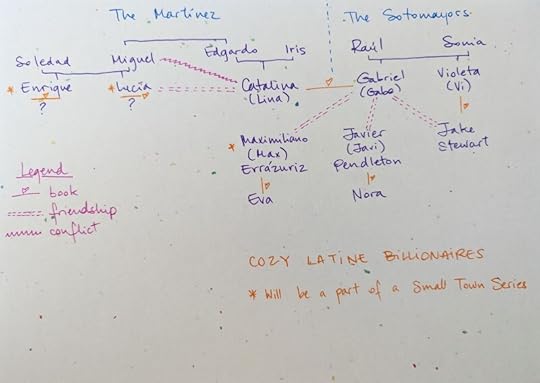
The key point of this genogram is to show that, through the romantic relationship between Gabe and Lina, the Martínez and the Sotomayors get linked. The conflict between Miguel and Lina is a big catalyst for the book; in fact, it is the main reason Gabe and Lina end up in a fake dating relationship.
The relationship between Max, Javier, Jake, and each of their parents, is complicated. They all found a family with the Sotomayors, and the series is about how each of them find their person.
I hope this genogram helps you locate each person in relation to each other.
Food & DrinksSince Mr. Leonor edits my books, he gets to read them before anyone else. During his first read of Yours, For Now, Mr. Leonor said, “wow, everyone’s drinking coffee all the time.”
Yes. Yes, they are.
Even though that’s not the case for all of Latinamerica of course, it definitely was my experience. It was either coffee or tea, but everyone drinks something, often not pure water. One drink I mention in the book is Pisco Sour.
Pisco Sour (Chile)Chile and Perú have a long history of… debate… over which country came up with Pisco, and I will not go there on this blog.
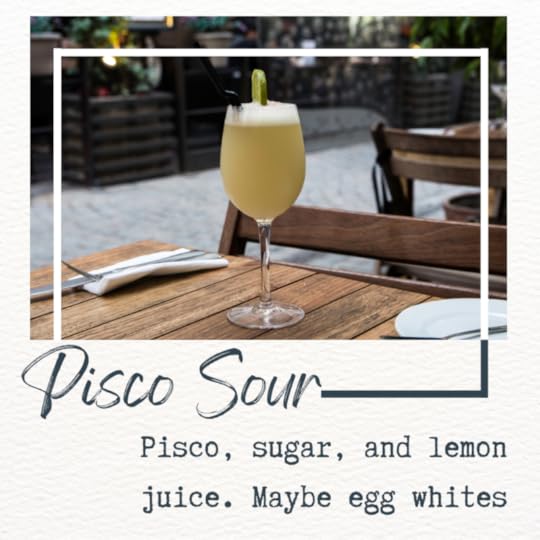
It is typically consumed as a pre-meal drink, especially for late lunch. It can be home made or store bought.
Hojarascas (Mexico)While these are usually Christmas cookies in parts of Mexico, they’re so good that I just wanted them in the story somewhere.
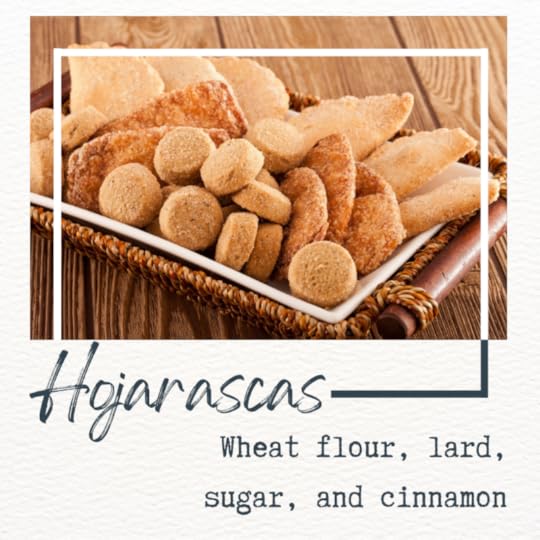
Yum! This is a classic soup-like dish. There is some flexibility in the ingredients; but the most typical ones are as follows:
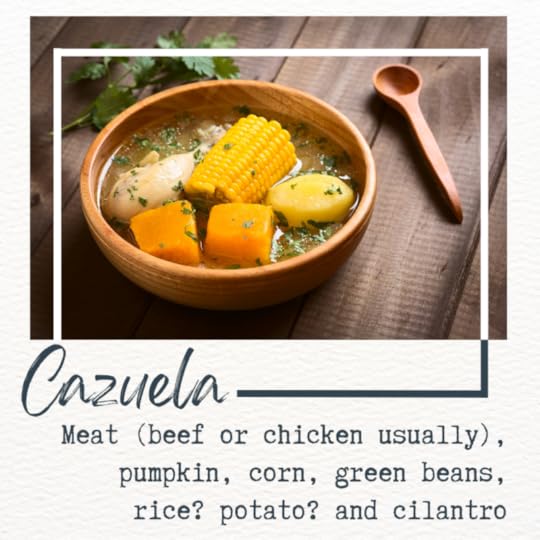
The pumpkin we use, Zapallo Camote, is a little bit like the Halloween pumpkin but with a grey-green skin. The cilantro is sprinkled on top right before eating, directly onto your plate. A bit of rice is optional. Cooked slowly for the best flavor!
Frijoles Charros (Mexico)I’ve been fortunate enough to spend a lot of time in Mexico. One of my absolute favorite dishes is this one.
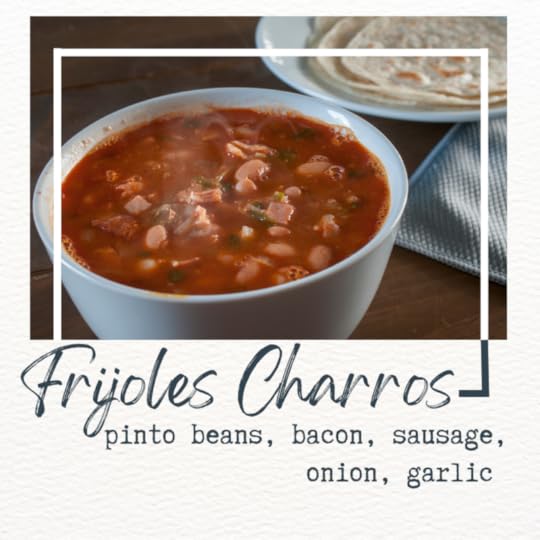
It’s so tasty and filling! I should try to make it at home.
Charquicán (Chile)This is a staple meal at my house. Both Mr. Leonor and I love this dish!
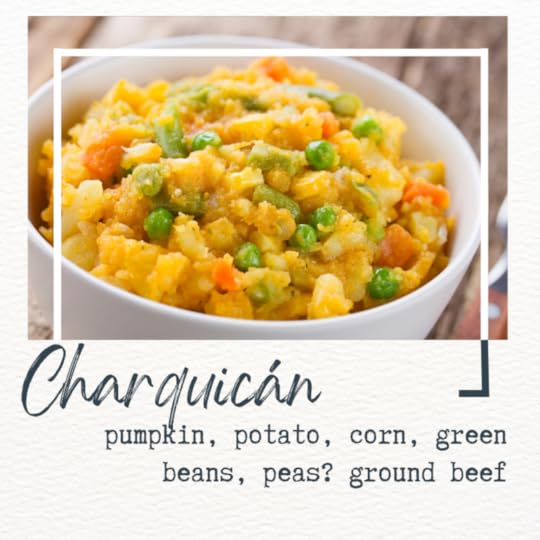
This is another dish with flexibility. I sometimes use finely chopped bok choi or spinach instead of green beans, for example. Also, traditionally, people would add a fried egg or a longaniza on top (chilean version of chorizo).
Arroz Primavera (Chile)Again, a staple dish in my home, and one with flexibility!
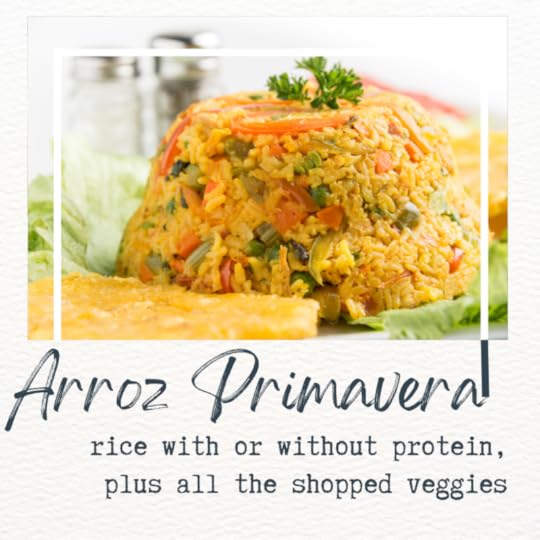
While the rice is the base starch, it’s supposed to be mixed with multiple chopped veggies. Some of the most common ones are celery, carrot, onion, corn, peas, tomatoes… As for protein, the most common ones are ground beef or tuna. If the protein isn’t in the rice, it would go on the side and it could be any kind.
Alfajores (Chile)Now back to the sweets. There are a few versions of this dessert, they’re all filled with manjar (the name we give in Chile to dulce de leche). I picked the most popular one for the picture.
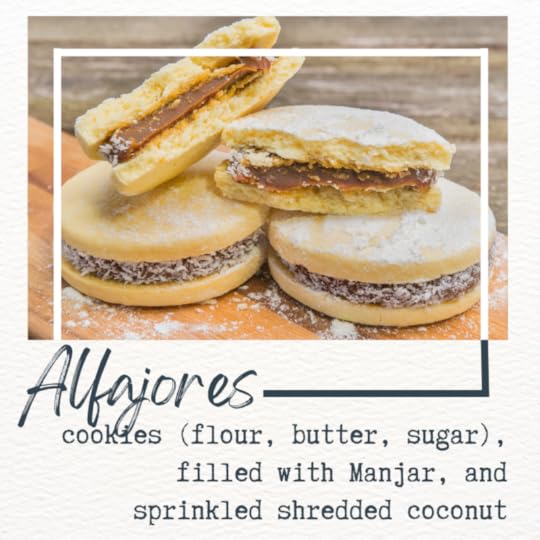
If you want to get fancy, instead of sprinkling them with shredded coconut, you can cover them in chocolate. They’re even better that way, in my opinion!
Pastel de Choclo (Chile)I left one of my favorite dishes for last. This one takes a long time to make, so we usually reserve it for special occasions.
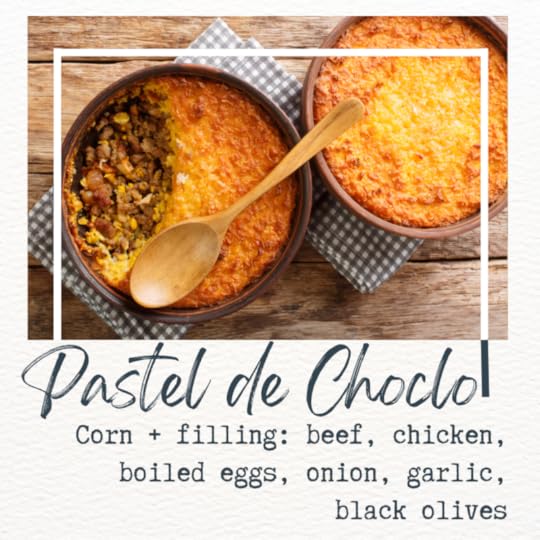
Imagine a sort of shepard’s pie, but using mashed corn instead of potatoes. The corn mix is usually spiced with basil, while the filling is spiced with cumin and other classics. Sugar is sprinkled on top and then it’s broiled, so it caramelizes. It’s a dish for the summer and joy!
CultureWhile in Chile we don’t use hot spices very much, we do use lots of spices. Some of the most used ones are cumin, garlic and onion of course, cilantro seeds, black pepper, and paprika. Another thing I’d like you to know, is that having a salad as a part of the meal is a Very Important Detail! Tomato salad, lettuce, cauliflower salad, broccoli salad… almost any veggie can be made into a salad, and we only use oil, salt, and an acid (vinegar or lemon) to dress it up.
Even writing this post, I find myself linking these foods to culture. When in Mexico or back home in Chile, these dishes were intrinsic to my experiences. Yours, For Now is full of the culture I grew up with, so of course I had to talk about the food that reminds me of home.
This book has the most of me I’ve written to date. Both in terms of who Catalina had to be to withstand the sharp edges of her family’s beliefs, to the food and culture that shaped her story with Gabe. I welcome you to it, and I hope you feel at home.
The post Yours, For Now: Notes on food, language, and family appeared first on Leonor Soliz.



